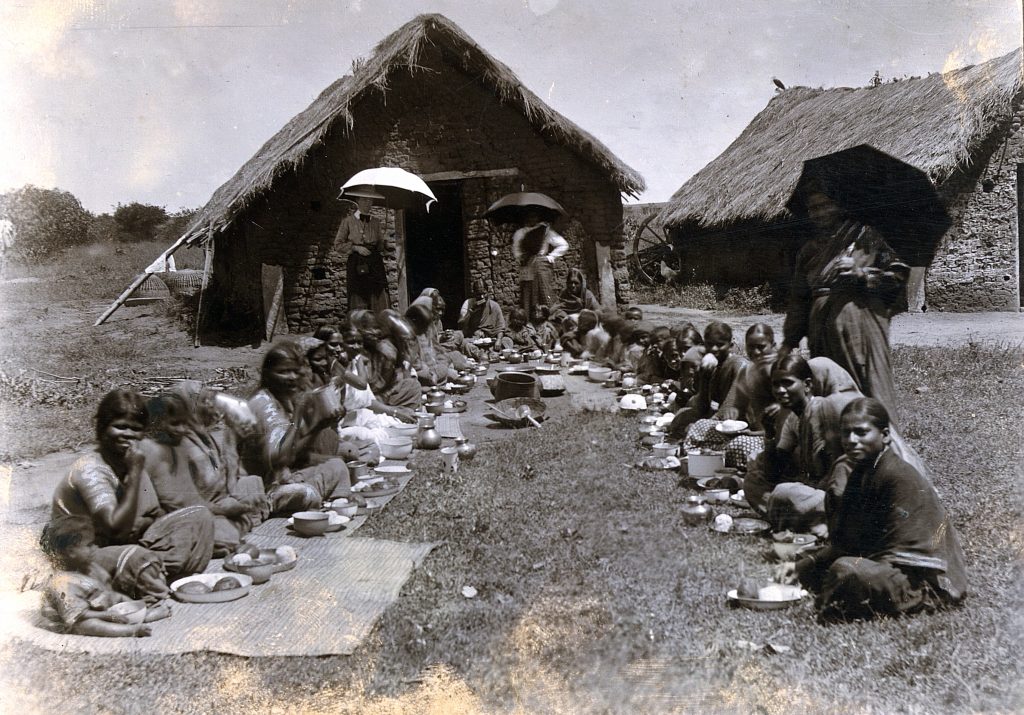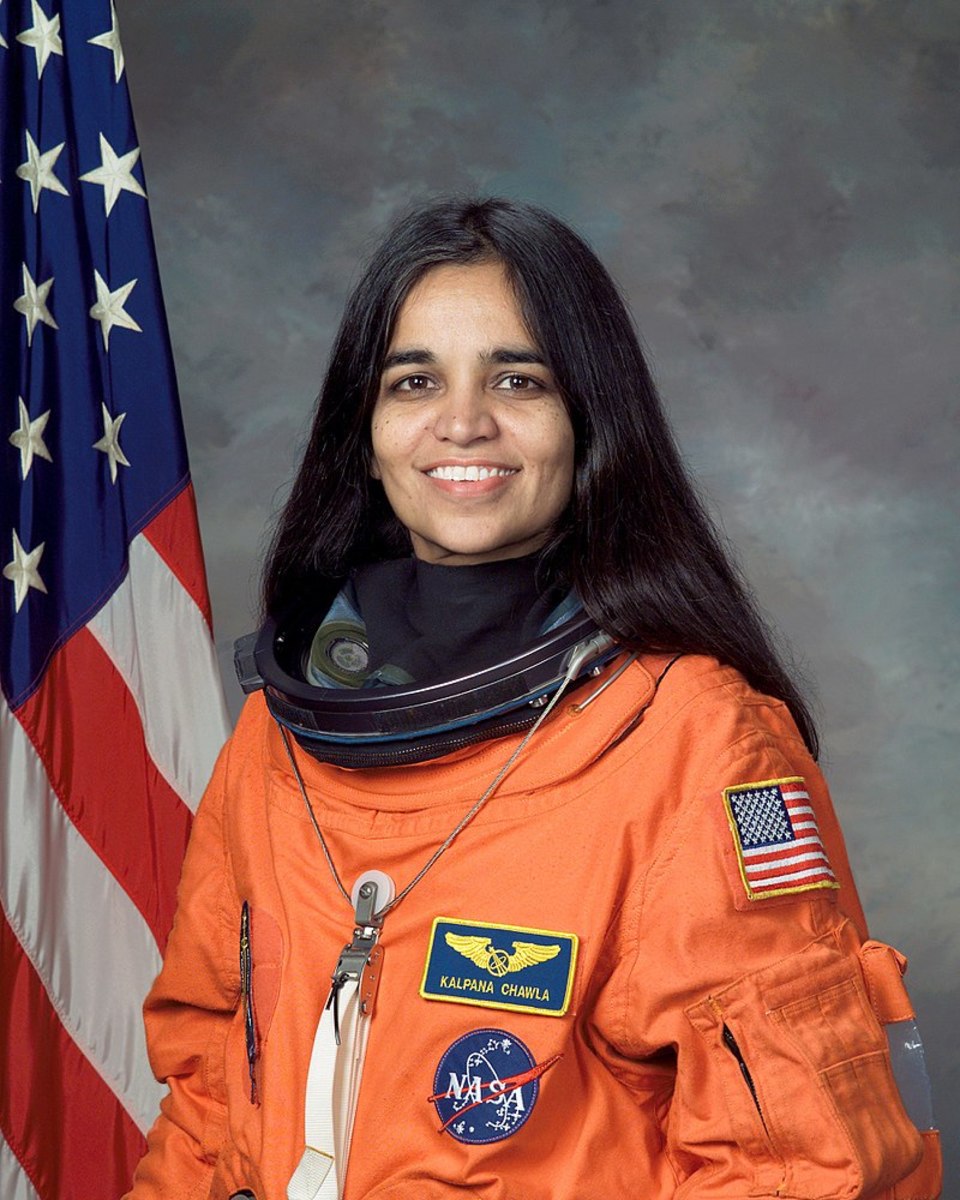Anandi Gopal Joshi: First Female Doctor (1865 – 1887)

“Be grateful for challenges because…had there been no difficulties and no thorns in the way, then [each woman and] man would have been in his primitive state and no progress made in civilization and mental culture.”
— Anandi Gopal Joshi First Female Doctor
Born at a time when most women in her country did not receive an education, she set sail for America at the age of 18 to study medicine. She graduated from the Women’s Medical College of Pennsylvania in 1885, becoming the first Indian women to obtain a degree in western medicine. Although she died young, her determination to challenge gender stereotypes and cultural customs blazed a trail for generations to come.
She was motivated to study medicine by her baby’s death. Joshi was married at the age of just nine, was common in 19th century India, to a man 20 years older than her. She gave birth to their first child when she was 14, but her baby son died 10 days later due to a lack of medical care for women. This spurred Joshi to pursue an interest in medicine so she could “help the many who cannot help themselves”, as she later put it in her college application.
Her husband Gopalrao Joshi, a postal clerk, encouraged her ambition and helped to teach her to read and write.
Returning to India in 1886, Joshi was appointed the physician in charge of the women’s ward at Albert Edward Hospital in Kolhapur. She dreamed of opening a medical college for women, but was an ambition she never got to realise. She died of tuberculosis on 26 February, 1887, before she had even begun practising medicine. She was just 21.
Abala Bose: Social Worker (1865 – 1951) Spent Her Life Empowering Young Girls and Widows

Women should get a better education, not because we may make better matches for our girls… not even that the services of the daughter-in-law may be more valuable in the home of her adoption, but because a woman like a man is first of all a mind, and only in the second place physical and a body.”
– Abala Bose
A woman who made brave choices, Bose was an early feminist and frequently wrote about why women needed more education and stressed that women’s minds were just as important as men’s.
Although her father was a prominent figure, her mother Brahmamoyee almost finds no mention, even though she championed the cause for upliftment of young widows, who struggled with social oppression. She went out of her way to provide them with education and shelter, and this deeply moved Abala.
Abala embarked on a mission to empower young girls through education on a mass level by launching Nari Shakti Samiti with the help of her friends and family. The organization was able to achieve a lot of things, including women teaching skills like embroidery. It also collected funds for women’s education and the welfare of widows.
In 1925, Abala also established the Vidyasagar Bani Bhavan to provide both teacher training and education to widows, who would then go on to be employed in schools that came under the jurisdiction of the Nari Shiksha Samiti.
Through her lifetime, Abala Bose was successfully able to establish 88 primary schools and 14 adult education centres in Bengal.
At a time when society paid little to no attention to the plight of girls and women, especially widows, Abala dedicated her whole life in uplifting the state of women in society. The schools she set up imparted education through innovative methods, thus inspired a lot of people to initiate the cause, of their own accord.
Pandita Ramabai, Indian Scholar, Feminist and Educator (1858 – 1922)

“The chief means of happiness is complete independence and the means for that is education.”
— Ramabai
At a time when women were expected to be little seen and never heard, Ramabai was an outspoken advocate of women’s education and participation in public affairs. She traveled across India giving lectures on women’s rights. She studied in Britain and the United States, gave lectures in Japan and Australia, and taught Sanskrit as well as her mother tongue, Marathi.
In 1882, Ramabai, moved to Pune where she founded the Arya Mahila Samaj, a society of high-caste Hindu women working for the education of girls and against child marriage. In 1889 she opened her Sharada Sadan (or Home for Learning) in Chowpatty, an area of Mumbai (then Bombay).
The Sharada Sadan was one of her many initiatives working for the education of women (from young girls to adults) and for security for widows.

When famine and plague struck the central Indian provinces in the late 1890s, she turned her attention to the housing and education of famine victims, touring the villages of Maharashtra and rescuing thousands of outcast children, child widows, orphans, and other destitute women and bringing them to the shelter of Mukti and Sharada Sadan. By 1900 there were 1,500 residents in the Mukti mission. The Pandita Ramabai Mukti Mission is still active today, providing housing, education and vocational training for vulnerable groups of girls and women. The Marathi word ‘mukti’ means freedom, liberation and salvation.
Savitribai Phule: Women’s Rights Activist (1831 – 1897)

“It is through the acquisition of knowledge that (he) loses his lower status and achieves the higher one.”
— Savitribai Phule
“Go, get education…” was Savitribai Phule’s appeal to women, in particular, and to people from the backward castes. She exhorted them to get an education as a means to break free from the shackles of socially-constructed discriminatory practices.
Born in a family of socially backward Mali community, Savitribai was illiterate when she married to Jyotiba at the tender age of nine. Fortunately, Jyotiba strongly believed in the power of education in removing social inequalities. He decided to start this revolution at home by teaching his wife to read and write, much against the family diktat. Initially, he taught her when she brought lunch for him in the field.
Later, Jyotiba admitted Savitribai to a teachers’ training Institute in Pune. After the training, Savitribai started teaching girls at Maharwada in Pune. Later, the couple started their own school at Bhide Wada, which became India’s first girl’s school run by Indians. The school started with the nine girls, but the number increased to 25 gradually. Later, three more schools were opened for girls in Pune, with nearly 150 students altogether.
Savitribai, a true feminist, set up Mahila Seva Mandali to raise awareness among women against child marriage, female foeticide and the sati system.
Kalpana Chawla: Astronaut (1962 – 2003) Astronaut, First Indian Woman in Space

“The path from dreams to success does exist. May you have the vision to find it, the courage to get on to it, and the perseverance to follow it.”
— Kalpana Chawla
When Kalpana made her way onto the Space Shuttle Columbia in 1997 it was a big moment in India’s history.
The tragic loss of the space shuttle Columbia killed seven astronauts. One of those, Kalpana Chawla, was the first Indian-born woman in space.
Born in Karnal, India, Kalpana was just an ordinary girl child who liked to draw pictures of airplanes. With her extraordinary courage and work ethic, however, she grew up to become not only the first female of Indian origin to go to space, but also a source of inspiration for millions of young dreamers like her. Chawla was the youngest of four children. The name Kalpana means “idea” or “imagination.”
Chawla obtained a degree in aeronautical engineering from Punjab Engineering College before immigrating to the United States and becoming a naturalized citizen in the 1980s. She earned a doctorate in aerospace engineering from the University of Colorado in 1988, having previously obtained her masters degree from the University of Texas. She began working at NASA’s Ames Research Center the same year, working on power-lift computational fluid dynamics.
After becoming a naturalized U.S. citizen in April 1991, Chawla applied for the NASA
astronauts corps. She was selected in December 1994, and reported to the Johnson
Space Center in Houston in 1995 as an astronaut candidate in Group 15. In November
1996, Chawla was assigned as a mission specialist on STS-87 aboard the Space Shuttle
Columbia, becoming the first woman of Indian descent to fly in space.
Chawla’s second spaceflight experience came in 2001 when she was selected for the
crew of STS-107. The flight was dedicated to science and research, with approximately 80
experiments completed.




